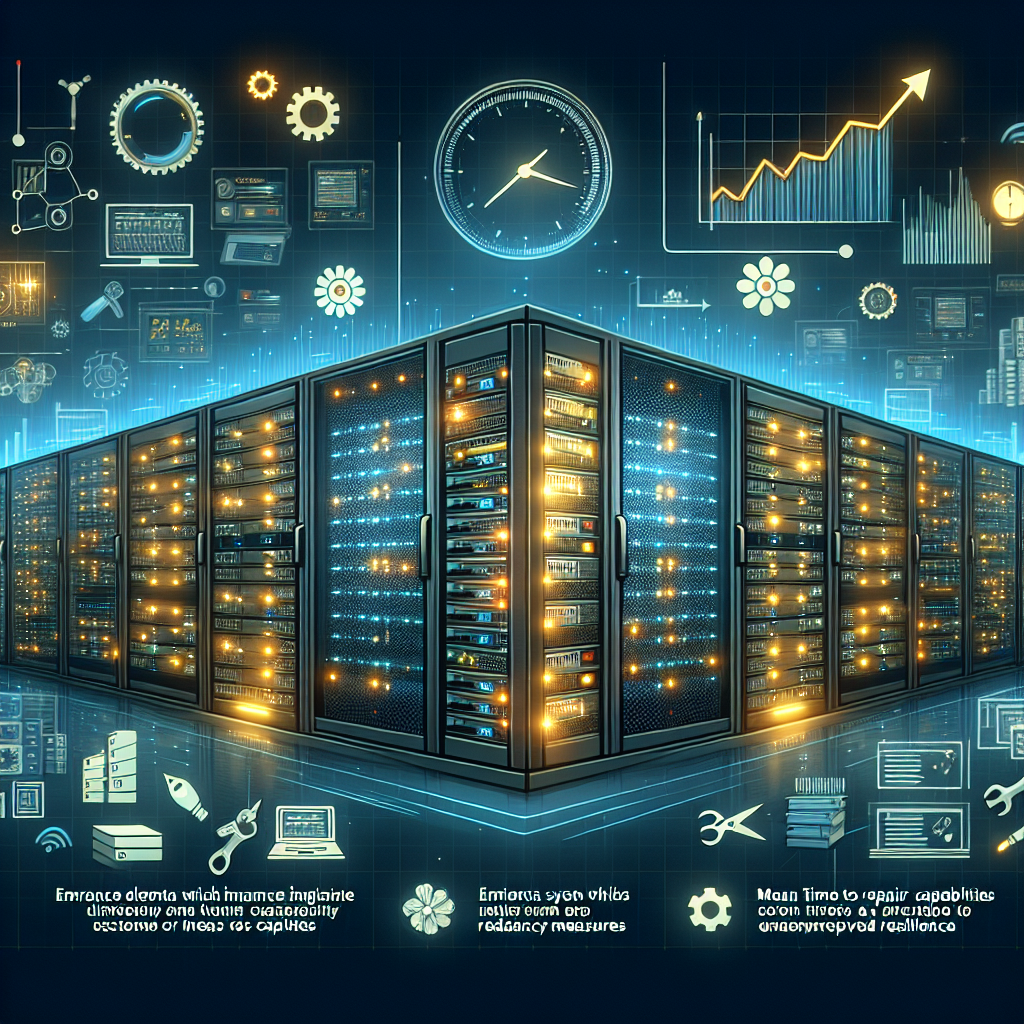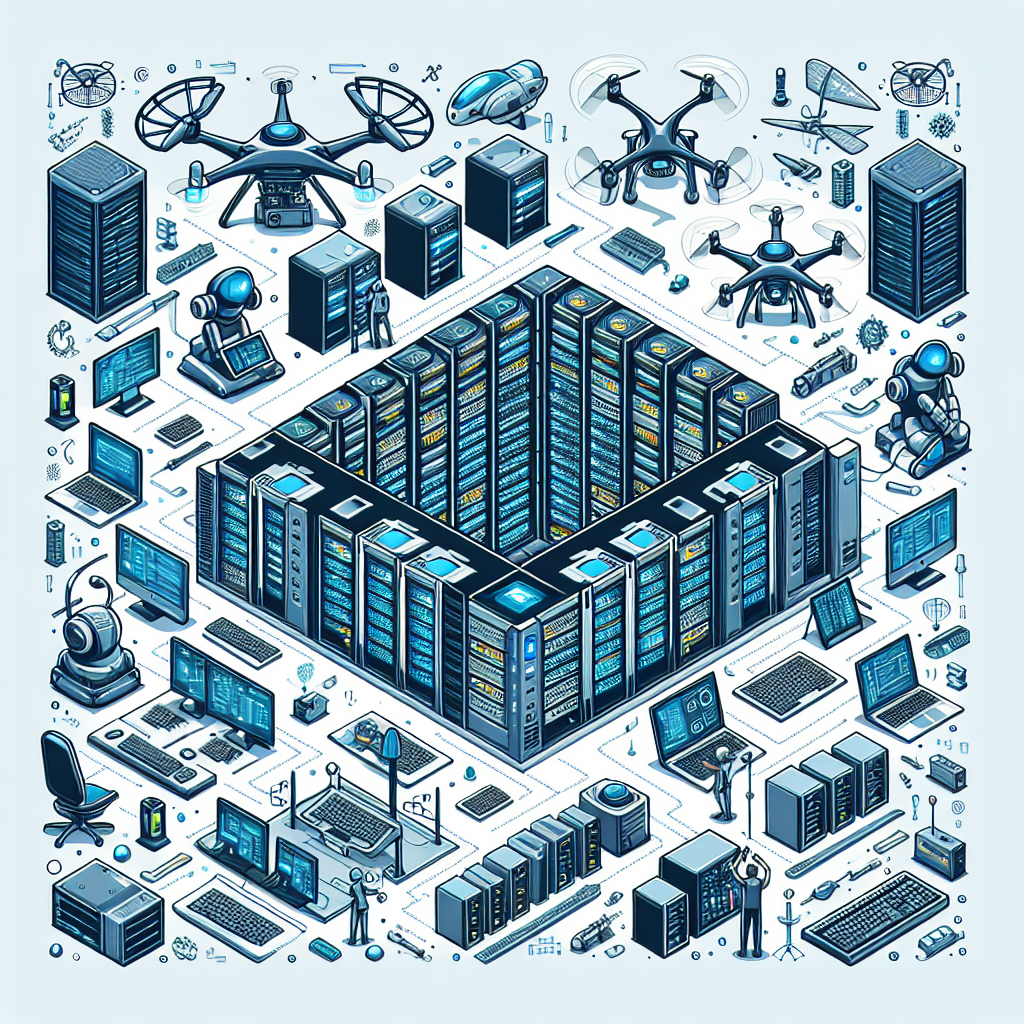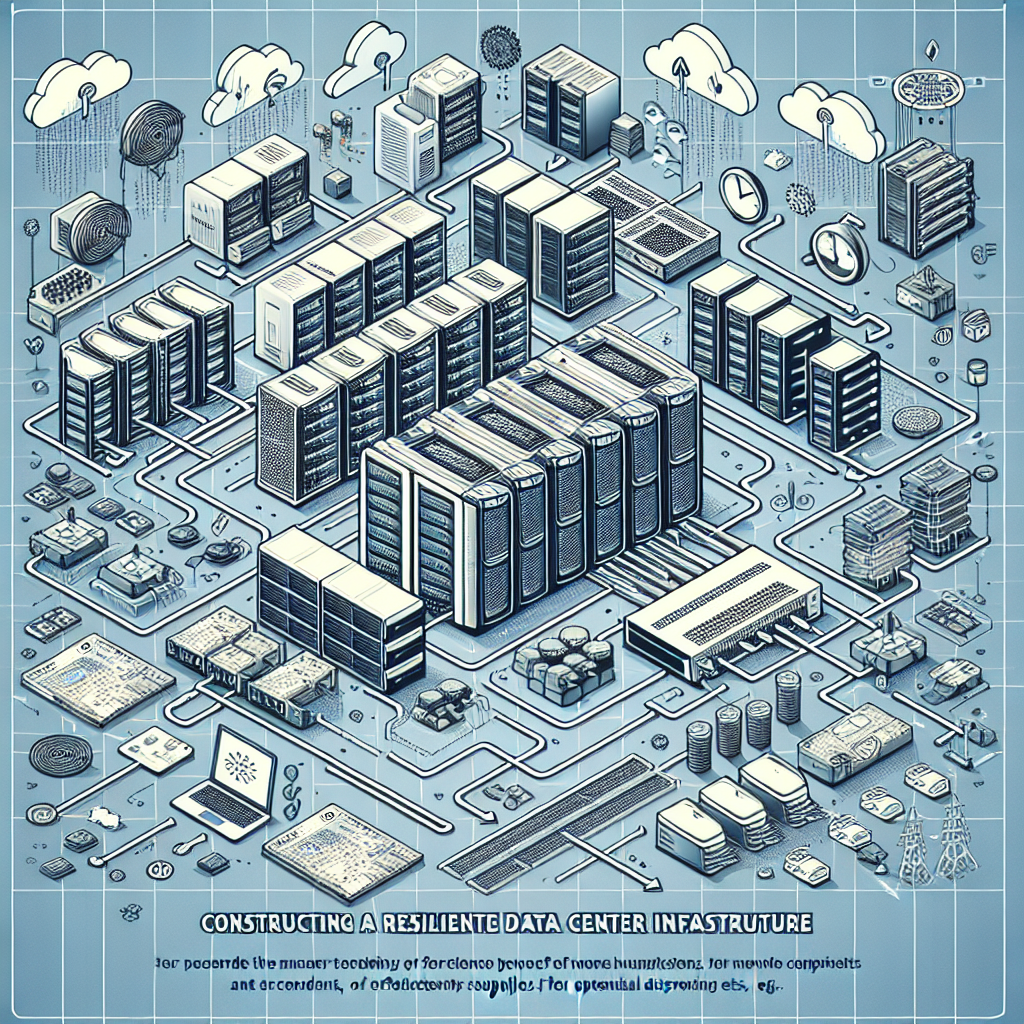Measuring Success: Understanding the Impact of Data Center MTTR on Operations
In the world of data centers, minimizing downtime is crucial to ensuring the smooth operation of critical systems and services. One key metric that is used to measure the effectiveness of a data center’s operations is Mean Time To Repair (MTTR). This metric measures the average time it takes to repair a failed component and bring the system back online.
Understanding the impact of MTTR on data center operations is essential for organizations looking to optimize their infrastructure and maximize uptime. A low MTTR indicates that a data center is able to quickly identify and resolve issues, minimizing the impact of downtime on business operations. On the other hand, a high MTTR can lead to increased downtime, reduced productivity, and potential financial losses.
There are several factors that can influence MTTR, including the complexity of the data center environment, the availability of spare parts, the expertise of the technical team, and the effectiveness of the monitoring and alerting systems. By closely monitoring and analyzing these factors, data center operators can identify areas for improvement and implement strategies to reduce MTTR and improve overall operational efficiency.
One way to reduce MTTR is to implement proactive maintenance practices, such as regular equipment inspections, predictive maintenance, and software updates. By identifying and addressing potential issues before they escalate into full-blown failures, data center operators can minimize downtime and improve system reliability.
Another strategy for reducing MTTR is to invest in automation and remote monitoring tools that can quickly identify and diagnose issues, allowing for faster resolution and reduced downtime. These tools can also help data center operators proactively manage and optimize their infrastructure, ensuring maximum uptime and performance.
In conclusion, understanding the impact of MTTR on data center operations is crucial for organizations looking to improve efficiency, reduce downtime, and maximize system reliability. By implementing proactive maintenance practices, investing in automation tools, and closely monitoring key performance metrics, data center operators can minimize MTTR and ensure the smooth operation of their critical systems and services.










